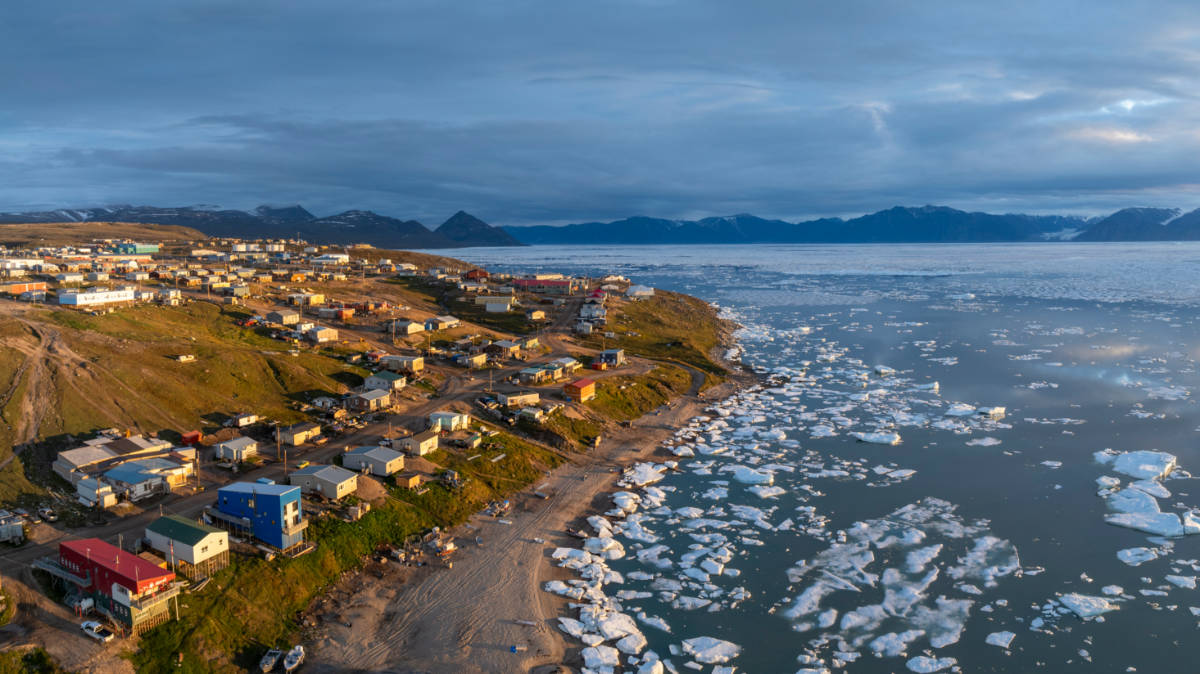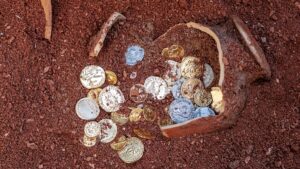A new mining chapter in Nunavut excites ASX copper explorers

Critical minerals? Nunavut's got all of it. Pic: Getty Images
- Nunavut is in the process of gaining control of its land and resources following a devolution with the Government of Canada in January
- A devolution is the transfer or delegation of authorities from a central government to a local or regional government
- These ASX copper/critical mineral explorers are set to benefit in the years to come
Nunavut, Canada’s largest (and northernmost) territory, received control over its treasure trove of critical minerals in January after the signing of a devolution agreement by Prime Minister Justin Trudeau and Premier P.J. Akeeagok.
A devolution is the transfer or delegation of power to a lower level of government. In Nunavut’s case, it was transitioned from federal to local government, granting the territory the right to collect royalties that would otherwise go to the federal government.
It also paves the way for Nunavut to take control of its vast majority of Crown lands and resources from April 1, 2027, with the promise to bring jobs, money and more decision-making power to the territory.
The federal government has gradually transferred responsibility for things like health, education and social services since the 1960s but devolving the responsibility for land and resources was the next step.
A 239-page document marked the final agreement and 25 years after Nunavut became a territory, Canada’s largest land transfer – some 2 million square kilometres of land and water – finally got underway.
What does this mean for ASX mining companies operating there?
The move will see Nunavut gain at least ~$85m a year in funding from the federal government with a territorial minister moving into the final decision-maker spot, fast-tracking project proposals that were once made in Ottawa.
For ASX mining companies operating in Nunavut, the decision could signal a spike in resource investment and exploration expenditure just as it did in Yukon over the years following devolution as the territorial government looks to stimulate the economy.
Exploration expenditures in Yukon rose sharply from $6.9m in 2002 to $140m in 2007 with development investments showing a corresponding increase from $32.5m in 2002 to $200m in 2009.
Streamlined approvals process
While Canada’s approvals process is already famed for speed, the removal of one layer of government could streamline the process further.
“Our experience of the approvals process has been exceptional,” White Cliff Minerals (ASX:WCN) managing director Troy Whittaker told Stockhead.
“We acquired what is now called the ‘Rae’ project in November last year and it effectively took us about four to six months from lodging the applications to getting boots on the ground and being able to do something substantial.
“Comparatively to other projects I have worked on, the approvals process at Rae has been the most efficient all the way through, certainly a lot more expedient than what we see in Australia.
“All the various local groups from government to regulatory bodies have also been proactive and supportive.”
WCN flagged up to 54.12% copper from rock chip assays at Rae earlier this month, indicating widespread, outcropping copper throughout the 805km2 licenced area.
As well as comprising multiple historic high-grade copper projects in the Coppermine River area, the Rae project is home to numerous historical non-JORC or NI 43-101 and ‘blue sky’ mineral estimates that will be a priority for drilling and conversion into JORC classifications.
Storm on the fast track to copper development
Another ASX player in the region is American West Metals (ASX:AW1).
The company owns the Storm copper project, which, after raising $11m via a placement in early October, will be expedited along the development pathway with an upcoming resource estimate and PEA/PFS level studies to follow.
AW1 said the capital raise received strong support from local and international investors in recognition of the high quality and significant progress of Storm to date and the tremendous valuation upside it offers.
“Nunavut has been a great jurisdiction with a transparent framework to operate in, better than many places in Australia,” AW1 managing director Dave O’Neill said.
“Finding copper is easy, logistics is our biggest challenge but that’s only because the project is located on an island, and therefore there are no roads.
“Everything must be flown in or brought in on ship, it’s a fly-in, fly-out operation.
“Mining is the biggest contributor to the economy in Nunavut and I think it’s great that the territory now has the right to collect royalties because they will be the beneficiary of the funds.
“It’s a great way to incentivise the local government to get projects up and running.”
At Stockhead we tell it like it is. While White Cliff Minerals and American West Metals are Stockhead advertisers are Stockhead advertisers, they did not sponsor this article.
Related Topics

UNLOCK INSIGHTS
Discover the untold stories of emerging ASX stocks.
Daily news and expert analysis, it's free to subscribe.
By proceeding, you confirm you understand that we handle personal information in accordance with our Privacy Policy.








